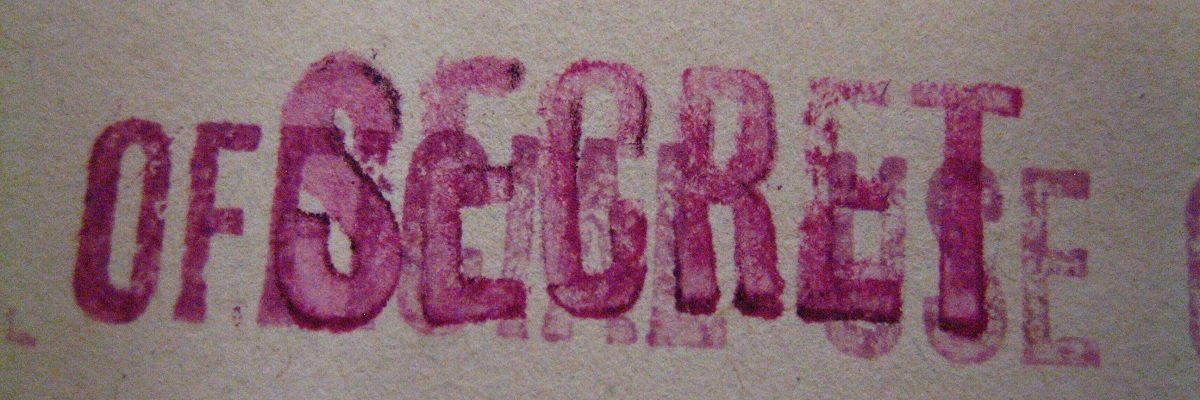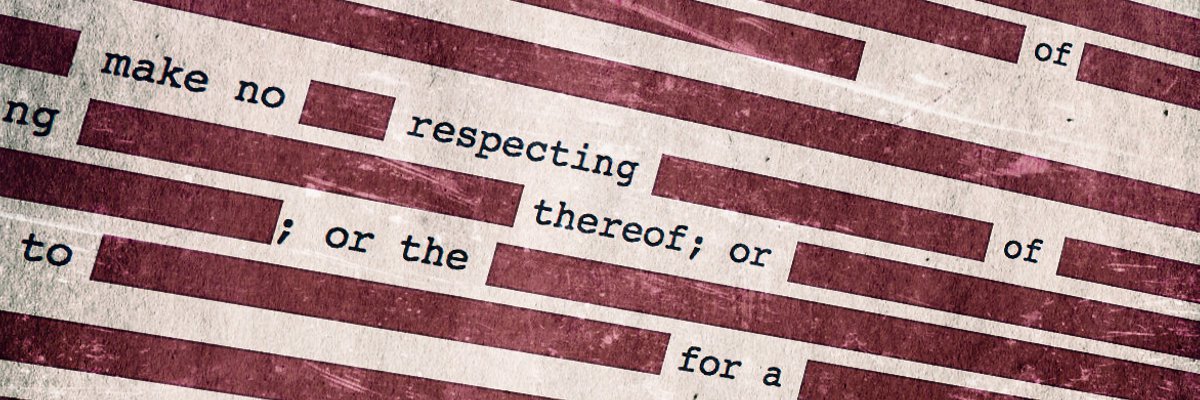As reported this morning by the Federation of American Scientist’s Steven Aftergood, last month, a federal court ruled that the Central Intelligence Agency can selectively disclose classified information while shielding its release from FOIA in order to protect “intelligence sources and methods.”

That ruling ignores the Agency’s history of arbitrarily applying that label to everything from beer brands to cafeteria names and to hide behavior that was embarrassing, illegal, or both.
As Emma Best reported, the CIA’s definition of what was considered an intelligence source or method was intentionally drafted to be “broad enough and specific enough” to include as much as possible, covering 126 topics. That list of topics is itself considered an intelligence source or method, and according to the recent ruling, no court has the right to “second guess” their decision, regardless of the reams of evidence the Agency is acting in bad faith.

Considering the CIA’s use of these arguments to keep classified documents that are now decades old, the recent ruling is a blow against transparency and oversight for the Agency’s more recent activities - the latest in a long, long line of such blows.
Regarding the judge’s ruling that the CIA can, in effect, selectively leak information to sympathetic journalists to control the narrative, there is an echo of the Agency’s efforts in the ’60s to create a “private press pool” to “fight misinformation” and “restore faith in the institution.” Ironically, that effort was undermined by it being a secret even within the CIA and one of its contacts being a suspected Soviet spy.
Read the ruling embedded below, or on the FAS website.
*Image by Restricted Data via Flickr and is licensed under CC BY 2.0




